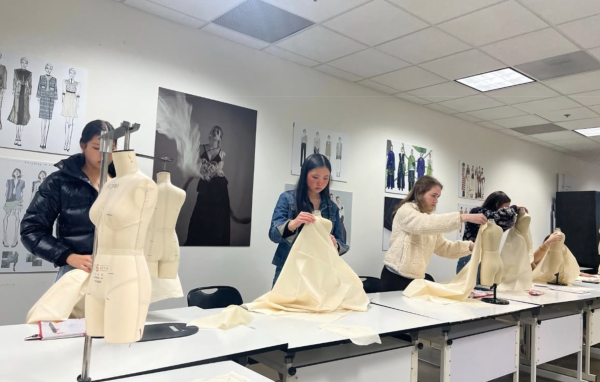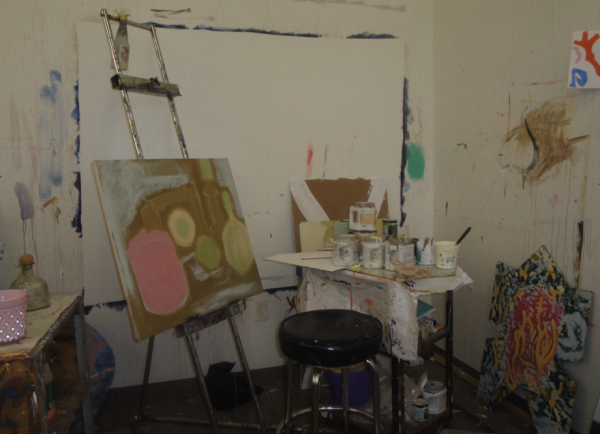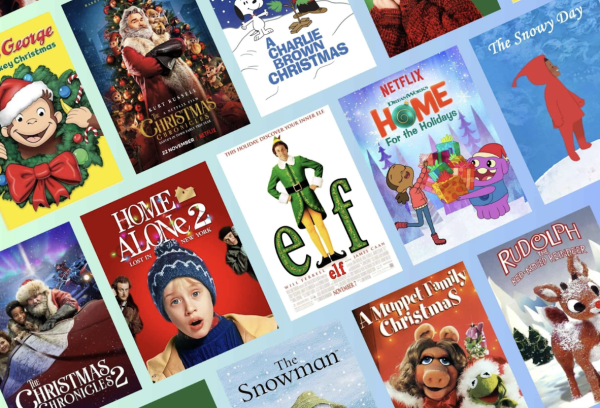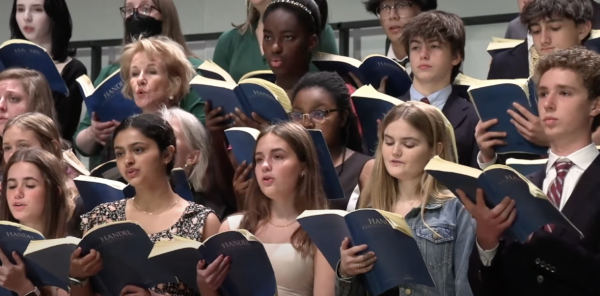Renowned artist Gregor Turk showcases artwork in Broyles
Art comes in many forms: a globe wrapped in rubber, rubbings on maps, and signage of men and women on plates all classify as different varieties of art. These are just a few of the unique concepts artist Gregor Turk brought to Westminster this month in his art exhibit in Broyles.
Gregor Turk is known for incorporating maps, location, and local culture in his art, mainly through the mediums of ceramics, photography, mixed media, and public art installations.
“Making art allows me to question our world through a visual format- often with incomplete thoughts, uncertainty, absurdity and sometimes humor — hopefully engaging audiences to continue the conversation with themselves and with others,” said Turk. “My work typically references mapping and place-making and often incorporates elements of geographic markers, institutional signs, and way-finding symbols including restroom pictograms. I also draw inspiration from infrastructure, architecture, cultural markings, public space, nature, the contrast of built and natural environment, history, books, music, other artists’ work, current politics, race issues, and movement whether on foot, bike, or in a car.”
In addition to finding success in people’s attraction to his cultural, individualistic art methods, including public installations in the international intercourse of the Atlanta airport, as well as the Jacksonville airport, Turk also teaches workshops and gives lectures at various museums, schools, and exhibits.
“After graduate school, I started teaching through Georgia Council for the Arts, now defunct Artist-In-Residency program. That program provided opportunities for artists to teach in classrooms throughout the state for a two-to-six-week duration as an artist in residence,” said Turk. “Through that program and several others, I have conducted well over 50 teaching residencies. I also teach college classes as an adjunct instructor, including at SCAD Atlanta.”
During his time at Westminster, Turk has taught and presented in photography, sculpture, and drawing and painting classes, as well as more in-depth workshops with advanced art students in the Upper School. Many students helped him set up his exhibit in Broyles on Sept. 27.
“[Turk’s] work is very unique – I think the coolest pieces of his are the pieces he wraps in rubber, and there are actually a lot of works like that in the exhibit,” said senior Brendan Dolan, an AP studio art and 3D design student. “He also started us up on our project of wrapping an object in something else, like how he wraps objects in rubber. For my project, I’m wrapping a stick in fishing wire from the Chattahoochee river. Others are wrapping styrofoam in grass too.”
Rubber is a common theme in many of Turk’s pieces. Among these works include a globe wrapped in rubber and stools made of rubber, which Turk categorizes as part of an exhibition entitled Torque. In 2016, Ponce City Market displayed this exhibit of repurposed rubber, according to Turk because Ponce City Market is also repurposed, being that it is inside of what was ostensibly a purposeless building before the establishment of the popular market.
“The rubber has a patina of its former use as an inner-tube inside a bike tire,” said Turk. “To me it connotes movement, travel, and serves to represent in-betweeness, or all the places between destinations. I’m also interested in expressing ideas about overlay, as in the thin veneer of meaning that gets ascribed to a place, binding, as in protecting or containing something, and concealment, as in promoting form over surface. Having said all that, rubber just looks pretty cool. So, for both conceptual and aesthetic reasons, I am drawn to using repurposed rubber.”
In addition to his Torque works, Turk’s exhibit in Broyles displayed many other pieces of art that served as a valuable opportunity for arts students to gain exposure to the success and beauty of art.
“The initial hope from the arts teachers is that the students could see how Turk has developed a body of work over a long period of time that is diverse yet comes from one voice,” said Upper School art department chair Benjamin Steele. “This is something we encourage in advanced arts students about finding a connection in their work, so Turk’s show definitely illustrated that for the students.”
For flourishing young artists, having a source of inspiration is vital for their development as artists and essential for figuring out how to find a way to express themselves like how Turk draws inspiration from location and place.
“I tried art during freshmen year and I turned out to be pretty good at it,” said Dolan. “From [Turk’s] exhibit I’ve learned how to be unique with art, just like how he wraps objects in rubber. I like the way he thinks in a unconventional manner. Also, I’ve seen how successful the arts can be through Turk’s experiences since he is really successful in Atlanta and has done a lot of projects. Art is something I can try professionally.”
Art is a beautiful form of expression. Whether in the form of rubber, ceramics, paint, or more, the boundaries are limitless. This month at Westminster, Turk provided a source of inspiration and an outlet of creativity for students to learn from and observers to admire through his art.
“The artistic process is one of exploration: exploration of concepts and specific materials and how those two interact,” said Turk. “The end result of the process is communicating with others- not in a didactic manner but by effectively presenting questions and concepts.”



